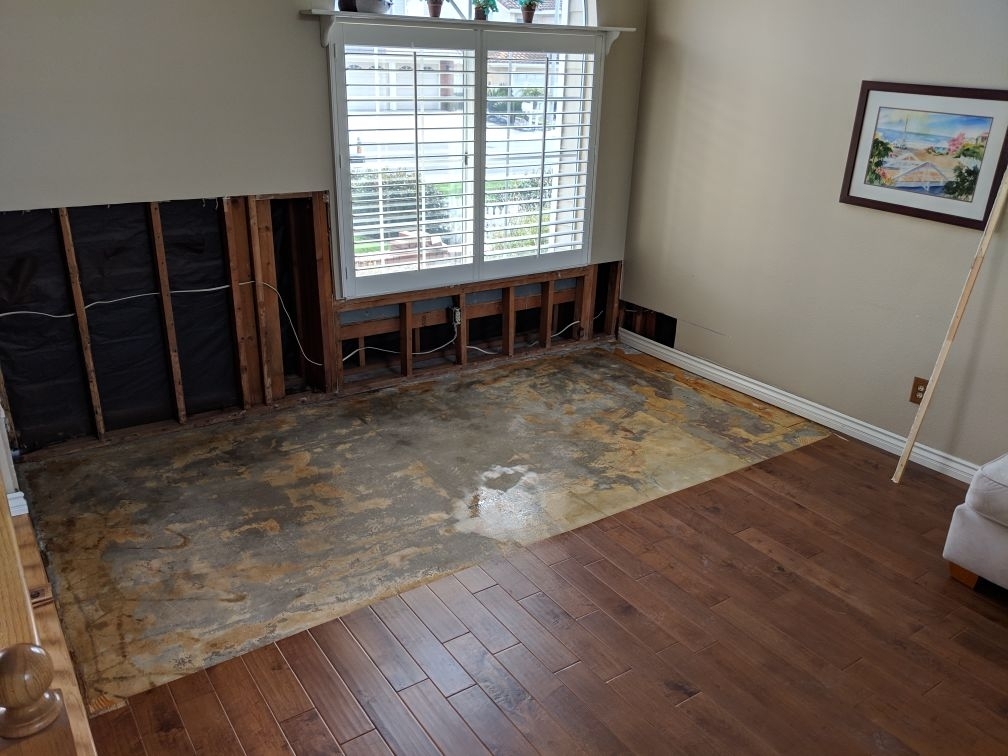The writer is making a few good points regarding 5 Home Safety Tips To Reduce The Risk Of Fire And Water Damage as a whole in the article directly below.

Water provides life, yet water breach on some parts where it's not meant to be can result in damage and hassle. In addition, homes with water damage smell mildewy and also old.
Water can originate from several resources like tropical storms, floods, ruptured pipelines, leaks, and sewage system problems. If you have water damages, it's far better to have a functioning expertise of security preventative measures. Here are a couple of guidelines on how to handle water damages.
Do Prioritize Residence Insurance Coverage Coverage
Seasonal water damage can originate from floodings, seasonal rainfalls, and wind. There is additionally an incident of an abrupt flood, whether it came from a damaged pipe that all of a sudden bursts right into your house. To secure your home, obtain home insurance that covers both disasters such as natural catastrophes, as well as emergencies like broken plumbing.
Don't Fail To Remember to Shut Off Energies
When disaster strikes and also you remain in a flood-prone area, switch off the major electric circuit. Switching off the power stops
When water comes in as water offers as a conductor, electric shocks. Don't neglect to turn off the major water line valve as a way to stop even more damage.
If the floodwaters are getting high, maintain your furniture steady as they can move as well as create added damage.
Do Keep Proactive as well as Heed Weather Condition Notifies
Tornado floods can be really uncertain. Remain proactive and prepared at all times if you live in a location plagued by floods. Pay attention to the news and emptying warnings if you live near a body of water like a lake, creek, or river . Secure your valuables and crucial papers from the ground floor and basement, then placed them in a refuge and also the highest feasible degree.
Don't Disregard the Roofing System
Your roofing contractor needs to take care of the malfunctioning seamless gutters or any kind of other signs of damages or weakening. An evaluation will stop water from moving down your wall surfaces as well as saturating your ceiling.
Do Pay Attention to Small Leakages
There are red flags that can attract your attention and also suggest to you some damaged pipelines in your house. Indicators of red flags in your pipes consist of bubbling paint, peeling wallpaper, water streaks, water stains, or dripping sounds behind the walls. Repair work and also examine your plumbing repaired before it results in massive damage to your residence, finances, and an individual headache.
Don't Panic in Case of a Ruptured Pipeline
Timing is essential when it comes to water damages. If a pipeline bursts in your home, immediately shut off your main water shutoff to cut off the source as well as prevent even more damage. Call a reputable water damages remediation expert for assistance.
Water provides life, but water breach on some components where it's not expected to be can result in damages and also aggravation. In enhancement, homes with water damages odor old and stuffy.
Seasonal water damages can come from floods, seasonal rains, as well as wind. Signs of red flags in your pipelines consist of bubbling paint, peeling wallpaper, water touches, water spots, or dripping sounds behind the walls. If a pipeline ruptureds in your house, promptly shut off your major water shutoff to reduce off the resource and also avoid more damage.
Some Do's & Don't When Dealing with a Water Damage
DO:
Make sure the water source has been eliminated. Contact a plumber if needed. Turn off circuit breakers supplying electricity to wet areas and unplug any electronics that are on wet carpet or surfaces Remove small furniture items Remove as much excess water as possible by mopping or blotting; Use WHITE towels to blot wet carpeting Wipe water from wooden furniture after removing anything on it Remove and prop up wet upholstery cushions for even drying (check for any bleeding) Pin up curtains or furniture skirts if needed Place aluminum foil, saucers or wood blocks between furniture legs and wet carpet Turn on air conditioning for maximum drying in winter and open windows in the summer Open any drawers and cabinets affected for complete drying but do not force them open Remove any valuable art objects or paintings to a safe, dry place Open any suitcases or luggage that may have been affected to dry, preferably in sunlight Hang any fur or leather goods to dry at room temperature Punch small holes in sagging ceilings to relieve trapped water (don't forget to place pans beneath!); however, if the ceiling is sagging extremely low, stay out of the room and we'll take care of it DO NOT:
Leave wet fabrics in place; dry them as soon as possible Leave books, magazines or any other colored items on wet carpets or floor Use your household vacuum to remove water Use TV's or other electronics/appliances while standing on wet carpets or floors; especially not on wet concrete floors Turn on ceiling fixtures if the ceiling is wet Turn your heat up, unless instructed otherwise

I discovered that entry on Fire And Water Damage Prevention while exploring the internet. Do you know anybody else who is excited about Ways to Reduce The Risk Of Fire And Water Damage? Do not hesitate to share it. I value reading our article about Simple Solutions To Preventing Fire And Water Damage To Your Home.